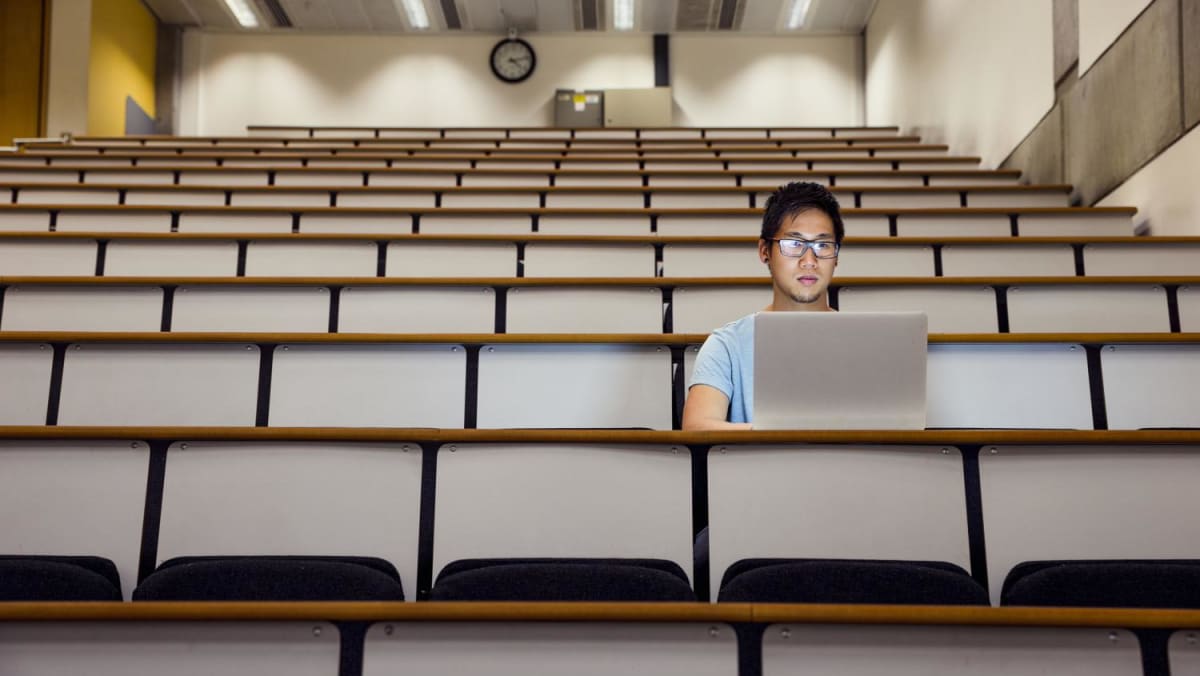SINGAPORE: When ChatGPT was first released, it caused a panic in the education sector. Many schools and universities banned its use, fearing it would destroy students’ ability to learn and be tested properly.
However, less than two years on, the tone has changed dramatically. The International Baccalaureate (IB) allows artificial intelligence to be used in the completion of schoolwork, AI tools are acceptable in academic writing for publication, and educators from primary schools to universities are incorporating ChatGPT into school assignments.
While these developments raise ethical concerns, one thing is clear: Banning AI in education is like trying to hold back a tidal wave with a teacup. Instead, we need to learn how to use it.
However, recent publications have stated that while universities in Singapore do encourage the critical of use of AI tools in academic work, they also may use AI detection technology programmes such as Turnitin’s AI detector.
While there is no problem in using these technologies to educate, we need to be crystal clear with students and educators that these tools have limitations and can’t be a basis for punishing students.
Furthermore, familiarising ourselves with the benefits and limitations of the current AI models prepares us for tomorrow’s advancements. Recently, OpenAI released one of the world’s most powerful models, GPT-4o, for public use. GPT-4o handles input in audio, text and visuals, and produces sophisticated outputs.
These tools are only going to get better with time. If we think about the first mobile phone, to the sleek, powerful smartphones of today, we can get a sense of what’s to come.
